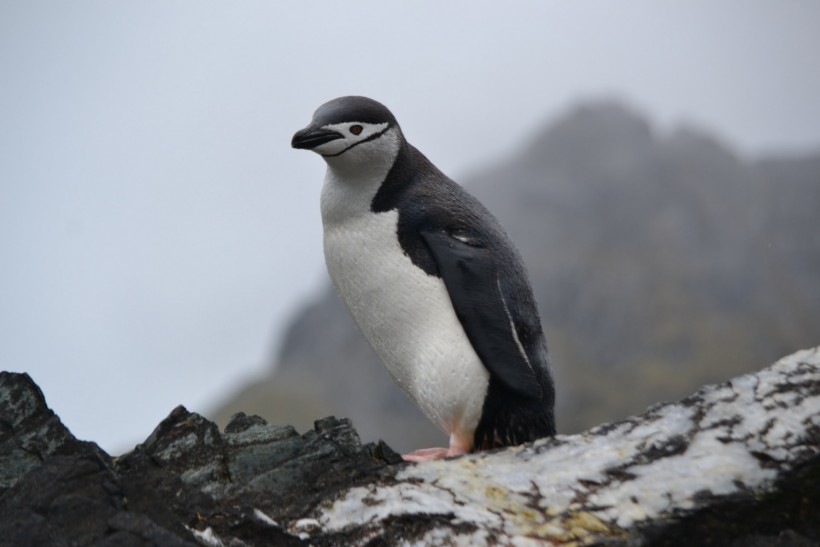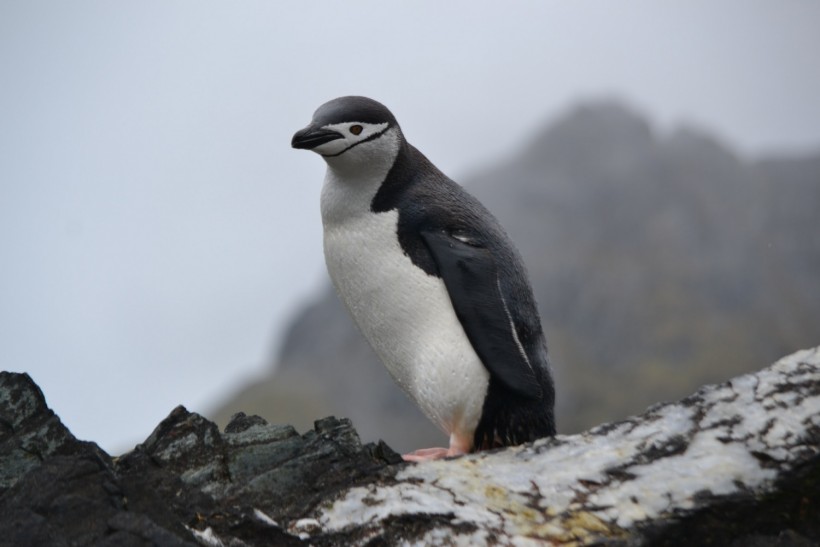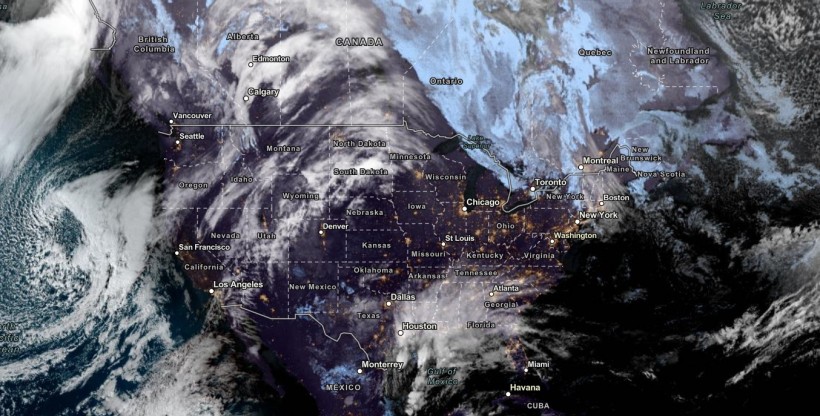[ad_1]
Microsleep is known as a period of sudden temporary sleep with a duration of several seconds. In humans, health experts consider microsleeping as caused by an underlying factor, with sleep deprivation being the primary one. Its common symptoms include the partial or full closure of the eyes or the nodding of head.
The phenomenon of dosing off for a few seconds is relatable since some people may have experienced it at a certain point in their lives. Microsleep can occur at any time of the day and it has also been observed in animals. In Antarctic, a recent study by scientists from Korea, France, and Germany found that a certain penguin species can sleep for 11 hours a day but through four-second intervals.
Penguin Microsleep

(Photo : Photo by Angie Corbett-Kuiper on Unsplash)
The research paper about the penguin microsleep was published in the journal Science on November 30, where scientists studied a group of nesting chinstrap penguins in Antarctica, where large quantities of the bird were found to be capable of seconds-long microsleep.
The very short sleep interval occurs in the context that parent penguins needed to stay awake and be alert at all time to protect their newborns, or a behavior called by scientists as constant vigilance. This phenomenon has been observed by the researchers in a chinstrap penguin nesting site in the King George colony.
Based on the findings, the Antarctic penguins nodded of over 10,000 times a day with an interval of 4 seconds at a time, which is equivalent to almost 11 hours of sleep. Despite the seemingly incomplete sleep, scientists still assured that the penguins are still getting the restorative benefits of a full sleep even when microsleeping.
Also Read: How Does an Elephant Seal Sleep While Still Awake Under Water?
Chinstrap Penguins
The chinstrap penguin (Pygoscelis antarcticus) is native in the islands and shores of the South Pacific Ocean and Antarctic Ocean and could be the most abundant penguin species in the world.
According to the government agency Australian Antarctic Program, Chinstrap penguins mainly breed on the Antarctic Peninsula and there is also a relatively small breeding population on the Balleny Islands, south of New Zealand.
What Does a Microsleep Feel Like?
According to the organization Sleep Foundation, the term microsleep pertains to the very short periods of sleep that is measurable in seconds, rather than minutes or hours. Also called micro napping, microsleep may not be familiar to some people but it is likely they have experienced the phenomenon or witnessed someone experiencing it before, the foundation says.
Another unique aspect of microsleeping is that it can happen to someone even if their eyes are open and they continue to look awake. Regardless, the brain of an individual experiencing a microsleep episode is not processing external information than usual, according to the organization.
Experts do not consider microsleep to be a symptom of a disease or a life-threatening medical condition. However, leading health authorities say it can lead to dangerous crashes, such as when a driver of a vehicle skids off the road after dosing off.
Related Article: Scientists Confirm Sharks Do Sleep at All, Sometimes With Their Eyes Open
© 2023 NatureWorldNews.com All rights reserved. Do not reproduce without permission.
[ad_2]



